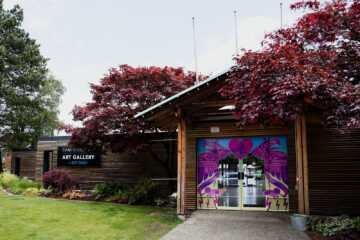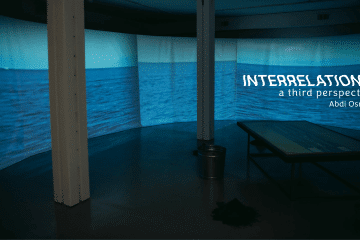On July 11th, the CRAG hosted an enlightening discussion with astronomer Tony Puerzer from the Nanaimo Astronomy Society and artist Fiona Annis. Their dialogue revealed several historical anecdotes that illuminate the deep inter-relation between astronomy and photography. Though the development of the camera owes much to astronomy, the reverse is also true.
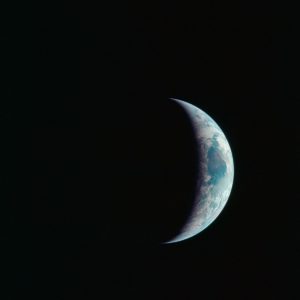
July 20th, 2019 marked the 50th anniversary of the Apollo mission’s lunar landing. It was the images and video footage of the event that so thoroughly captured the public imagination. Images taken during the flight of Earth seen from a different perspective still, after fifty years, provoke a poetic sense of our small place in the universe.
The expansion of the capabilities of human sight has always driven astronomy. Save for a few lucky astronauts, all of our experiences of space are photographic. Proof of Einstein’s theory of relativity was established when Arthur Eddington captured an image of a solar eclipse on a glass plate in 1919, showing that gravity causes light to bend around stars and galaxies. For centuries, astronomers have relied on photography to understand our universe, and even then we are limited in the extent of space and time that we can possibly see. This is one of the central concepts in Annis’s work – to question and embrace these limitations.
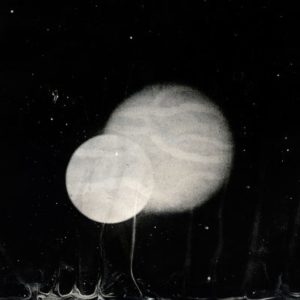
This striking image is one of the only formal works in the predominantly abstract exhibition. Annis described being inspired by a talk given by Dr. Sarah Gallagher, the Science Advisor to the Canadian Space Agency. The audience was asked to imagine standing on the surface of Jupiter, looking out at its multiple moons crossing the night sky. Jupiter’s moons were discovered by Galileo in 1610 through his powerful telescope that could reveal objects not visible to the naked eye. This was a major breakthrough that questioned the theory that all celestial bodies revolve around the Earth.
The CRAG is in good company this summer – The Metropolitan Museum of Art’s current exhibition on our conception of the moon and how it developed through art over the centuries, aptly debuting this summer to coincide with the 50th anniversary of the Apollo 11 landing.
Consider the comparisons below between Annis’s work and images of the surface of the moon from the Apollo 11 mission. What mysteries do they contain?
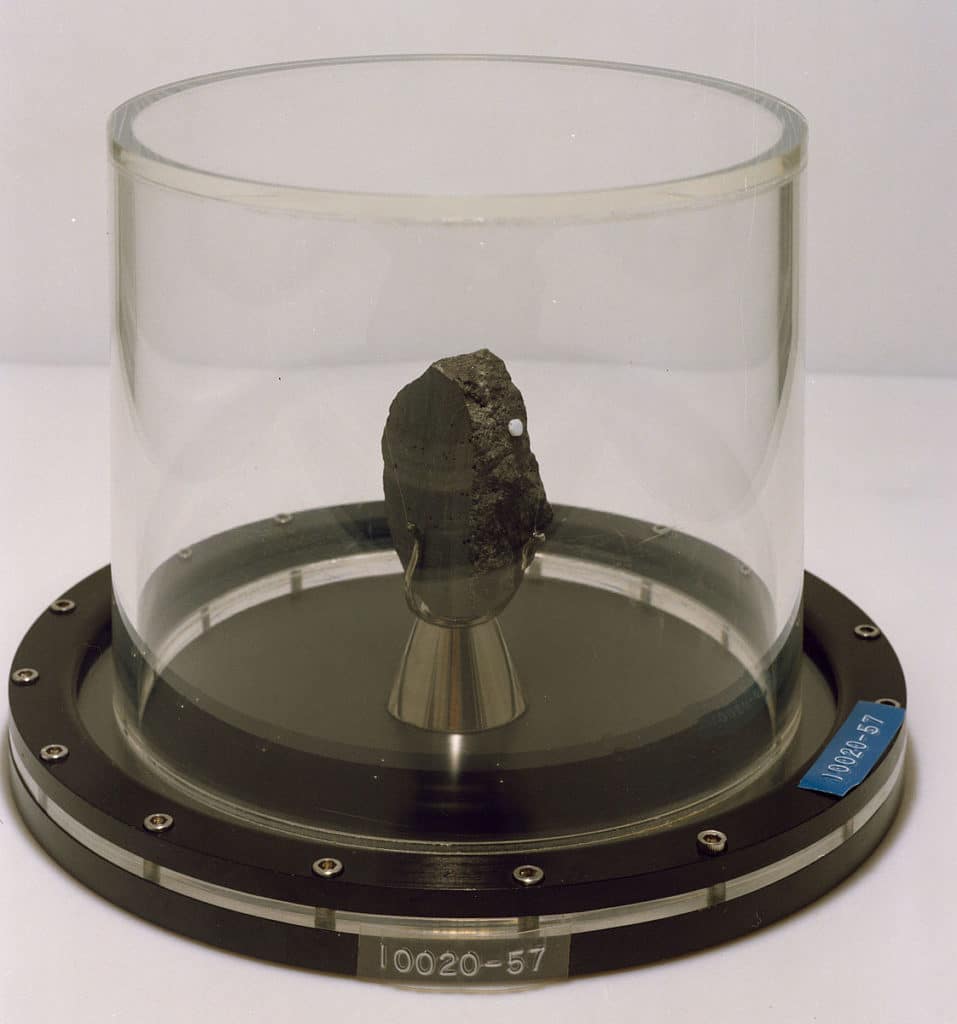
Apollo 11 lunar rock sample 10020.57. NASA, S70-18179. 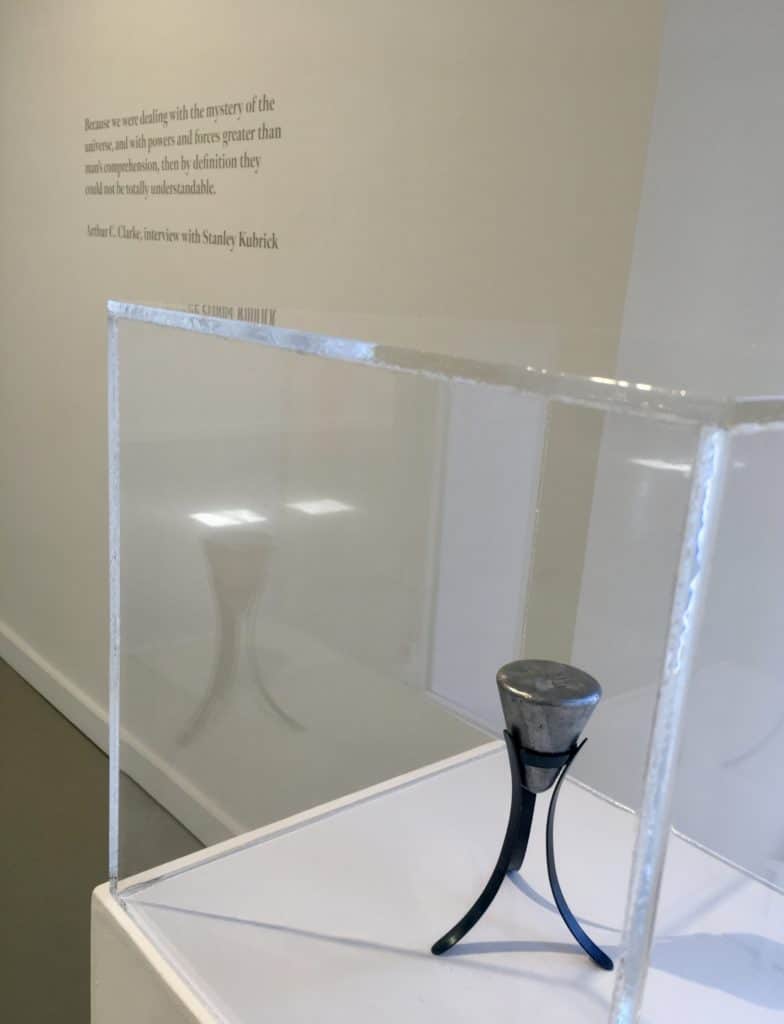
Fiona Annis, Failed star (systems to revive). Gift from an alchemist, collection of the artist.
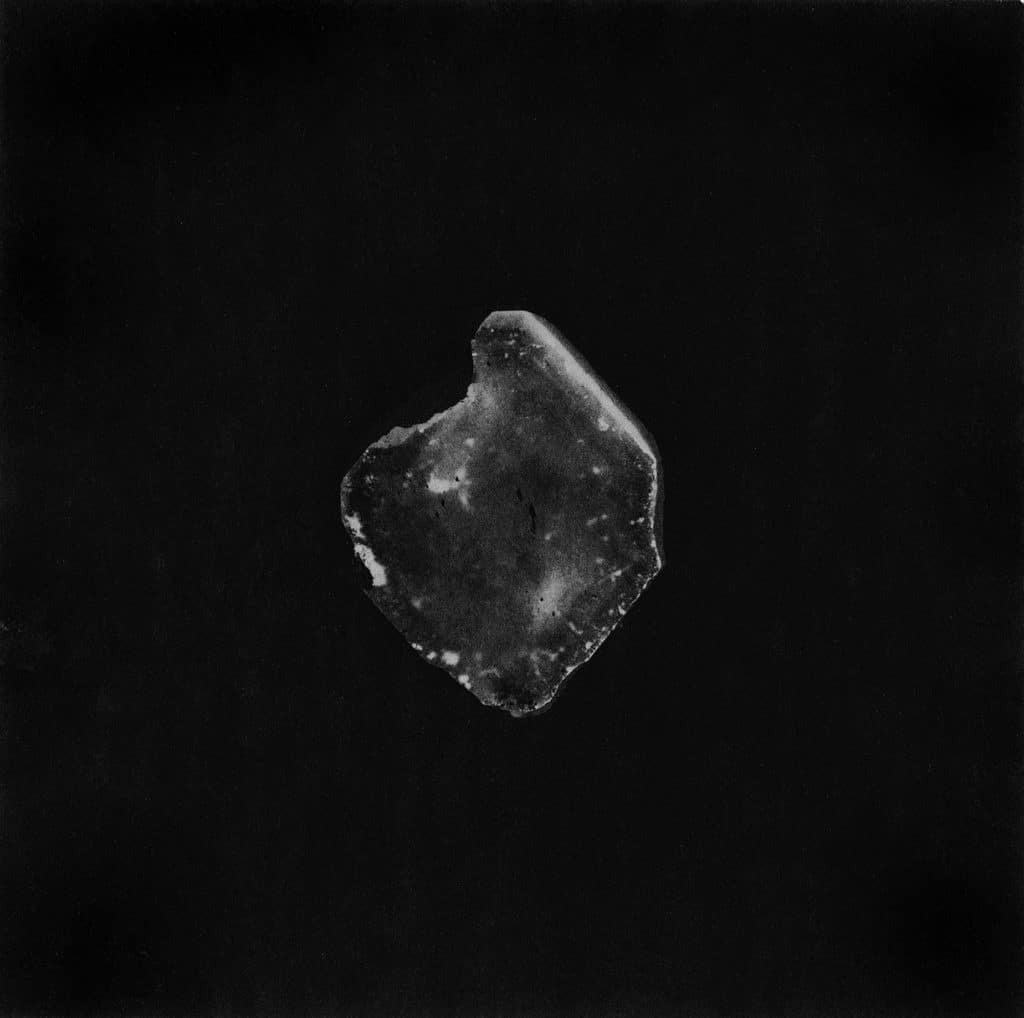
Fiona Annis, Da Corpo a Spirito – vetriolo ermafrodita I. C-print, 2017. 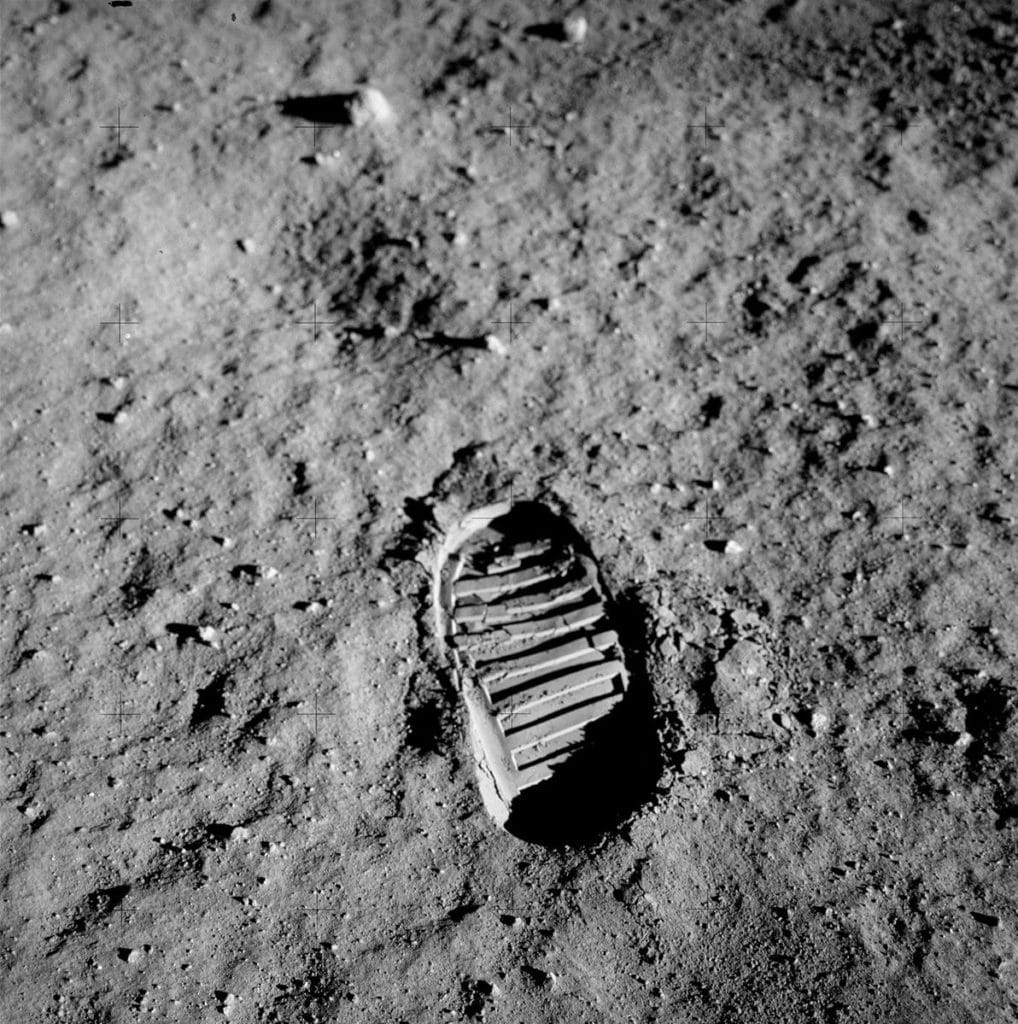
Apollo 11 Lunar Module Pilot Buzz Aldrin’s bootprint. NASA, 20 July 1969, AS11-40-5877. 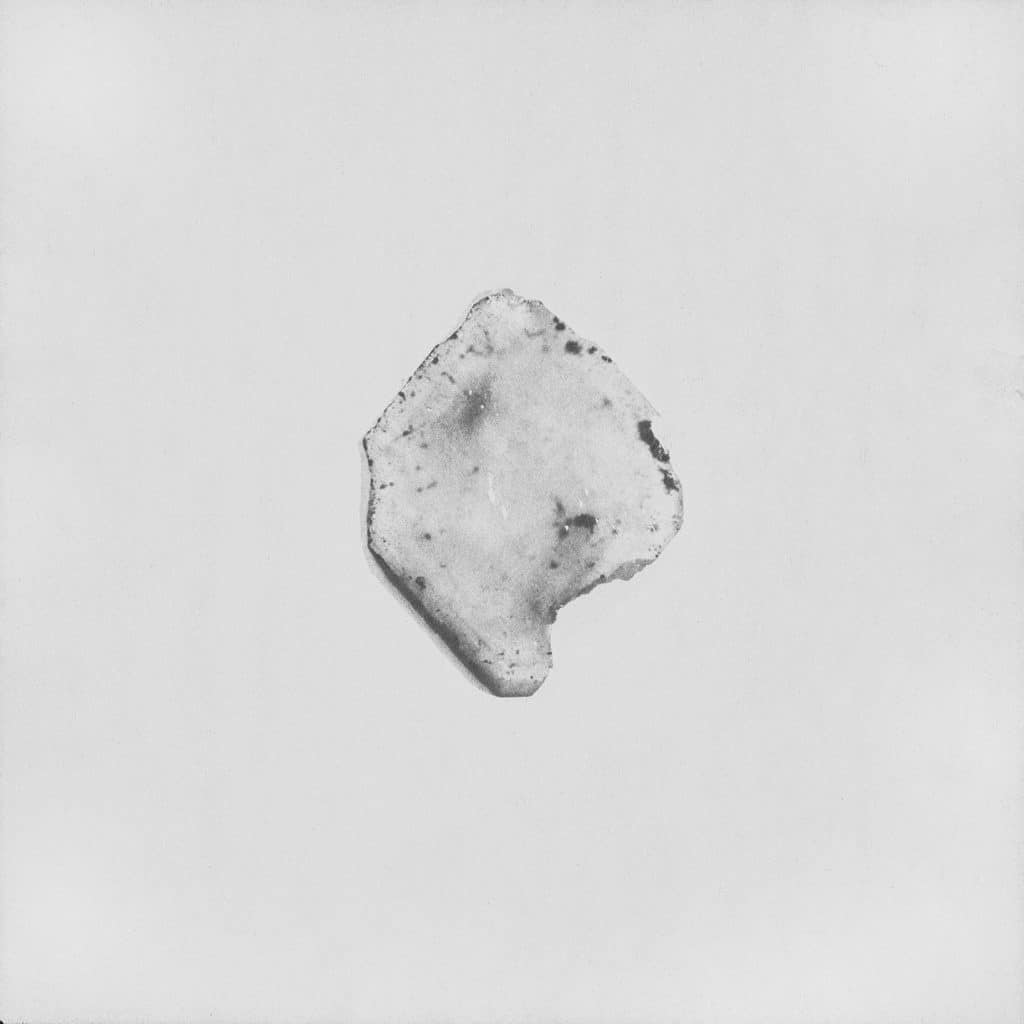
Fiona Annis, Da Corpo a Spirito – vetriolo ermafrodita II. C-print, 2017.
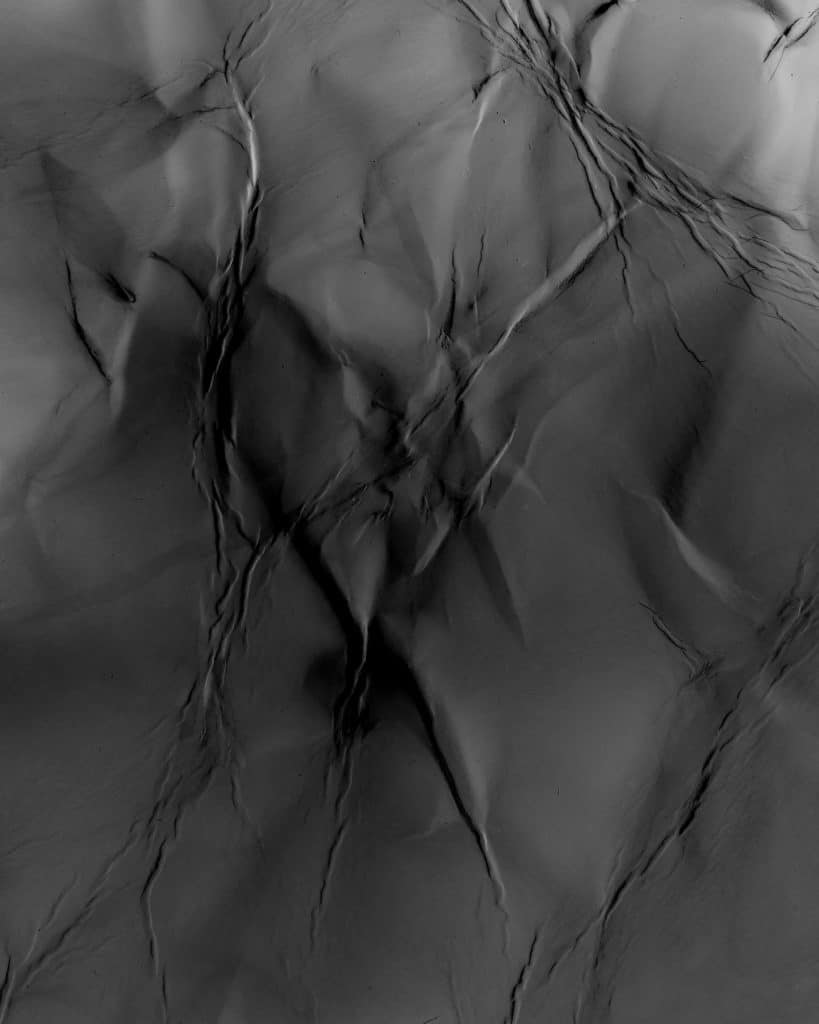
Fiona Annis, Désastre (finding North III). Archival inkjet print from 8″ x 10″ silver gelatin negative, 2018. 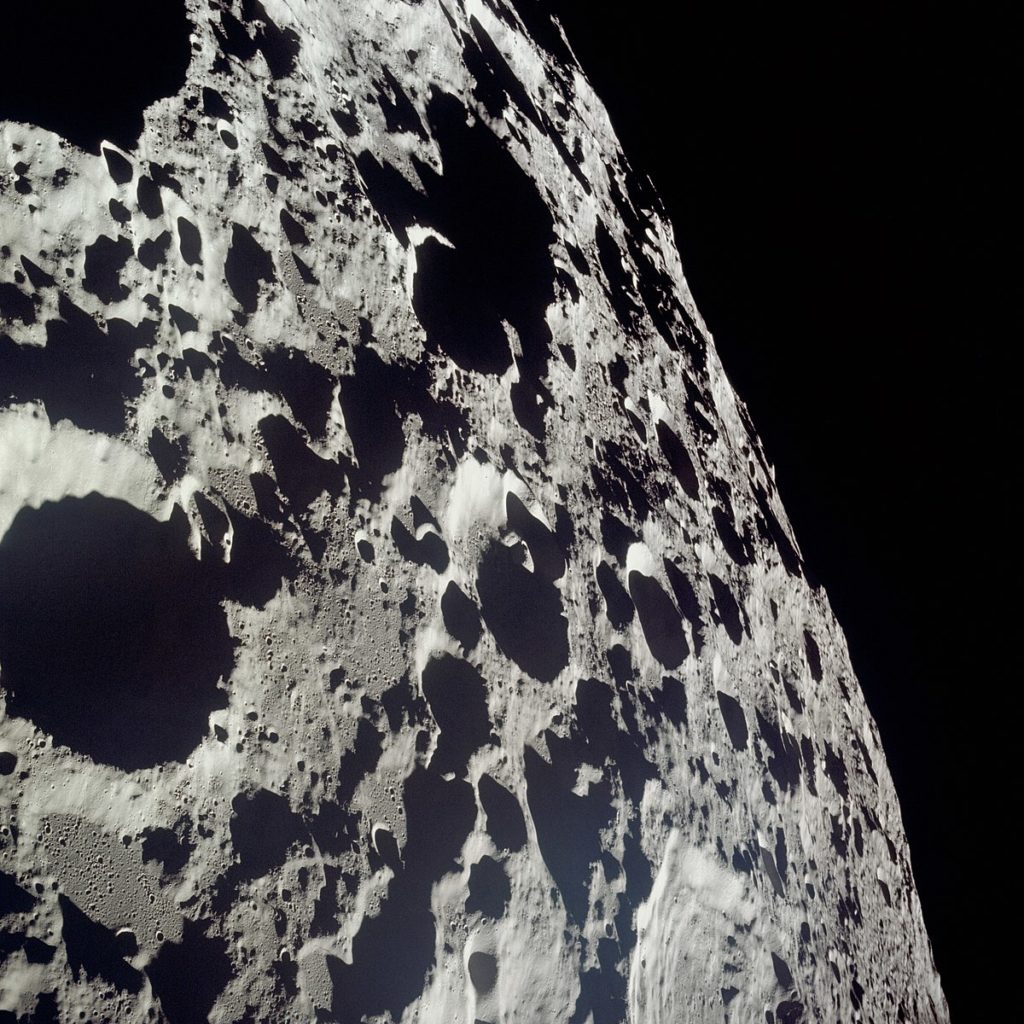
Far side of the moon. NASA, 20 July 1969, AS11-44-6608.
Fiona Annis: a portion of that which was once everything is on at the CRAG until September 4th. We hope you stop by to experience the wonder of Annis’s photographic explorations.
